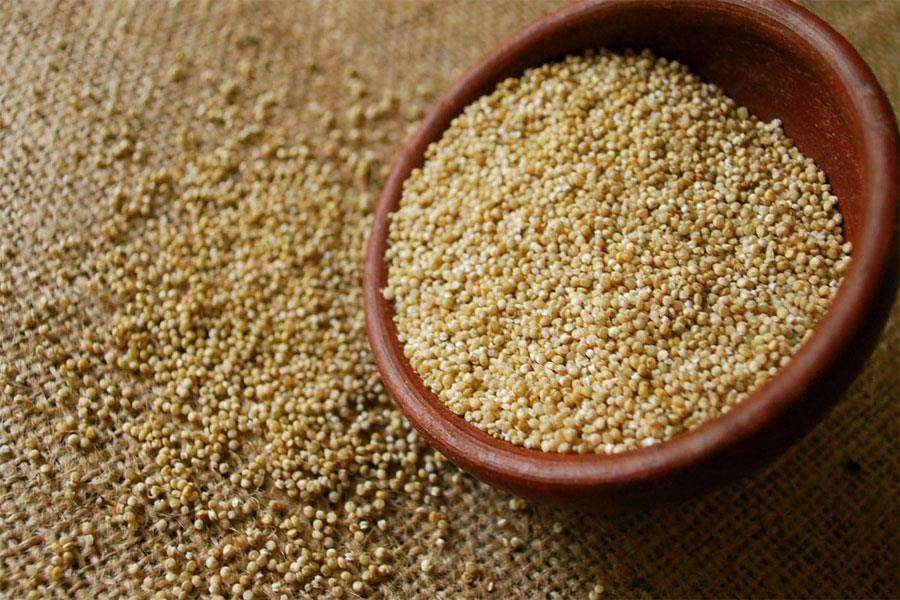
Quinoa, one of the greatest vegetable sources of protein
What is quinoa?
It is a pseudocereal because although it is nothing more than a seed, it has unique characteristics as it can be consumed like a cereal. Quinoa provides most of its calories in the form of complex carbohydrates, but it also provides about 16 grams of protein per 100 grams and offers about 6 grams of fat in the same amount of food. Since it can be used as a cereal, it is especially beneficial in the diet of people with celiac disease, since it does not contain gluten .
Properties of quinoa
If we compare it with most cereals we see that it contains many more proteins and fats, although the latter are mostly unsaturated, highlighting the presence of omega 6 and omega 3 acids. Regarding the caloric intake, it is similar or slightly higher than a cereal, as it contains less carbohydrates. It has a high fiber content. It is also of great help to control blood cholesterol levels, since its fiber and unsaturated lipids favor the lipid profile in the body.
If we refer to micronutrients, quinoa highlights the content of potassium, magnesium, calcium, phosphorus, iron and zinc among the minerals, while it also offers B complex vitamins in appreciable quantities and vitamin E with antioxidant function.
How to include quinoa in your diet
With this seed we can make all kinds of dishes, from hamburgers, salads, cakes, or use it to replace oatmeal at breakfast.
To use it, we first wash the seeds, rubbing them gently with our hands, under water, so that the layer of saponins that covers the seeds is removed and which, if left there, would give a bitter taste. We should not soak, but wash and rinse.
We then boil it as if it were rice, for 15 to 20 minutes or until the seed opens. We strain and ready to use.
The presentation in flakes makes it easy for us to combine it with broths, drinks, salads or make delicious purees. Although dehydrated, the flakes retain all their properties.
Types of quinoa
Quinoa varies in color, from white to orange, red, purple and black, depending on its variety. White quinoa is often considered "traditional" quinoa: All varieties have a nutty flavor when cooked, however, red quinoa has an earthier flavor than white quinoa. Cooked quinoa has a soft and delicate texture, but red quinoa is harder and crunchier than white.

